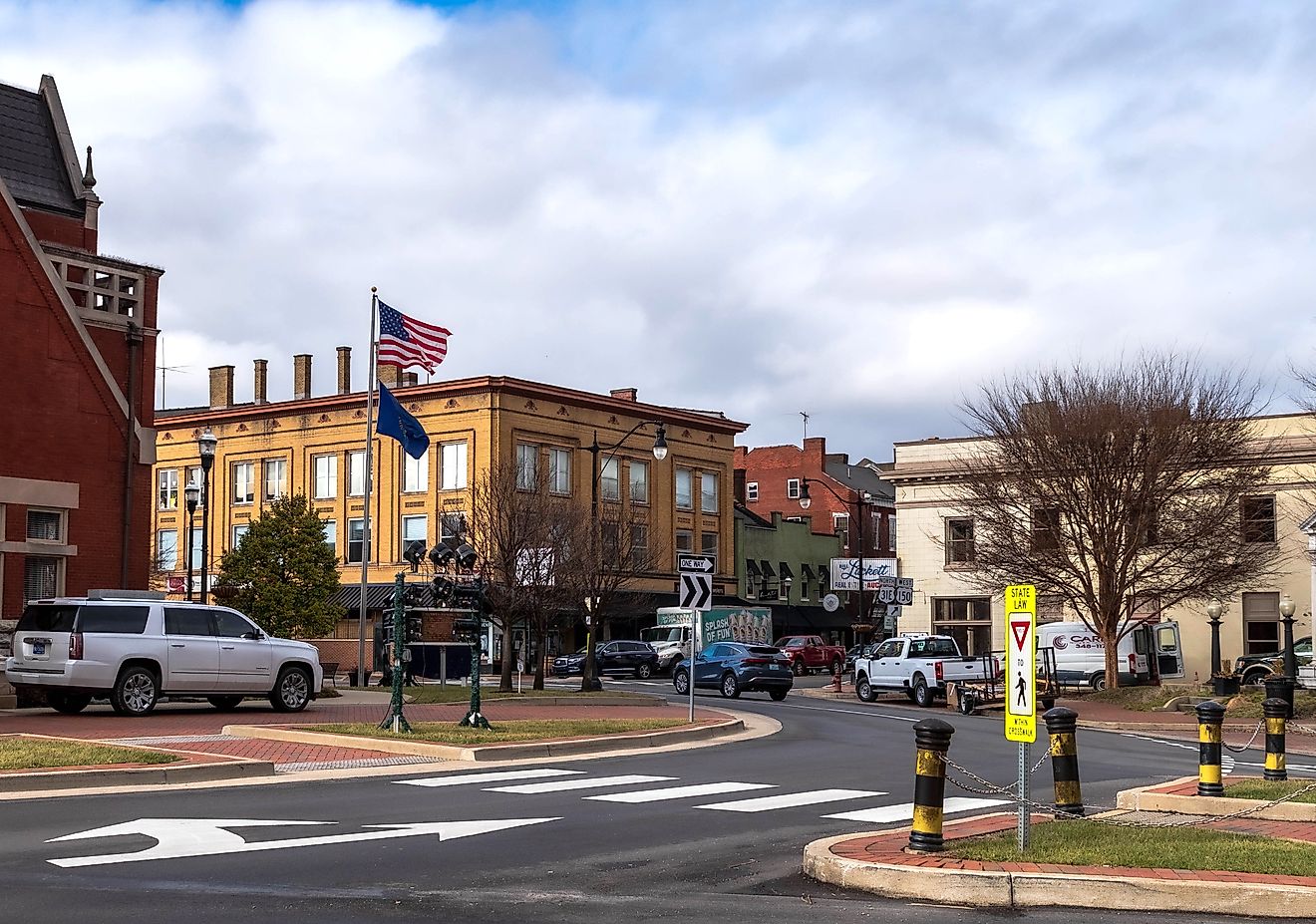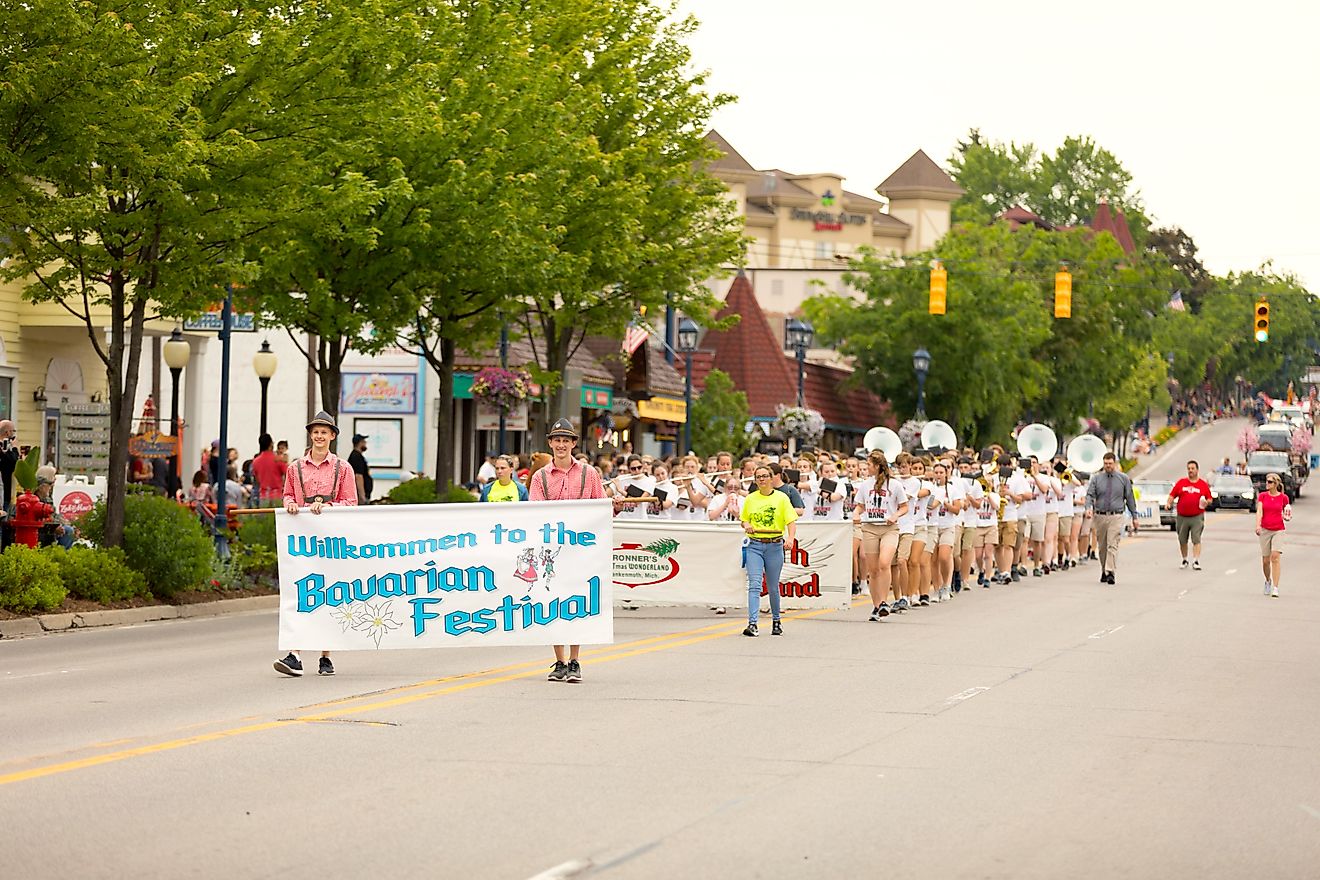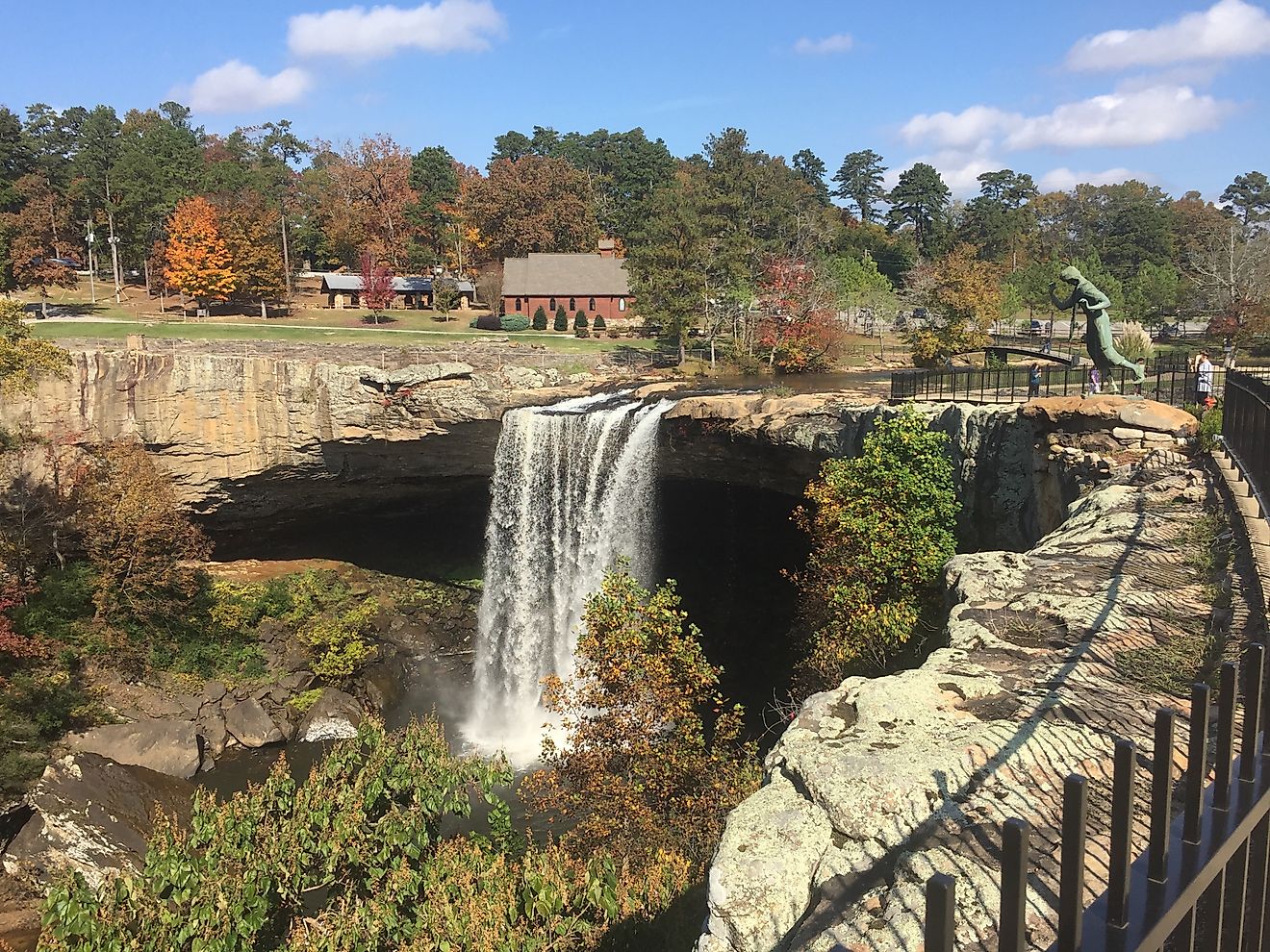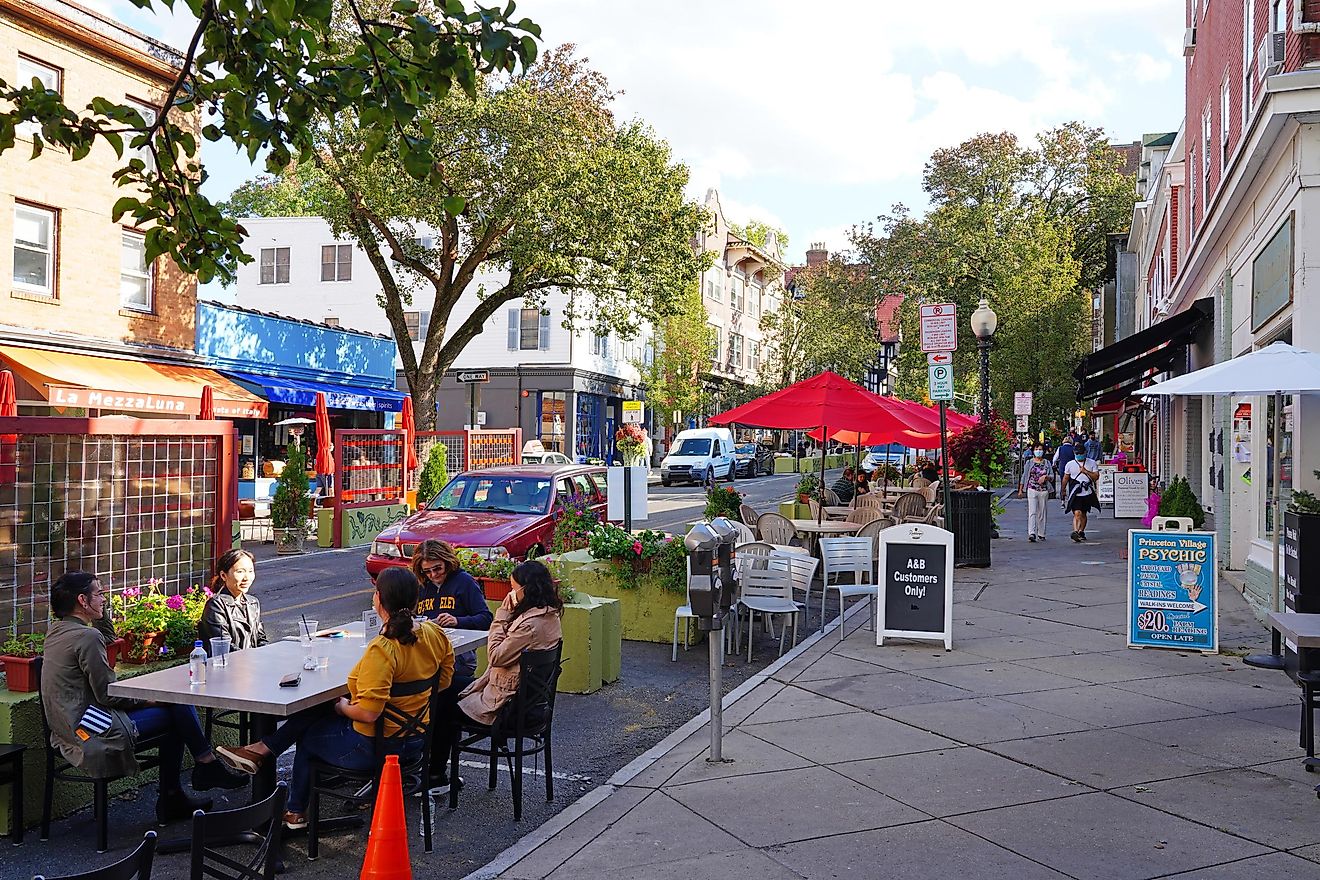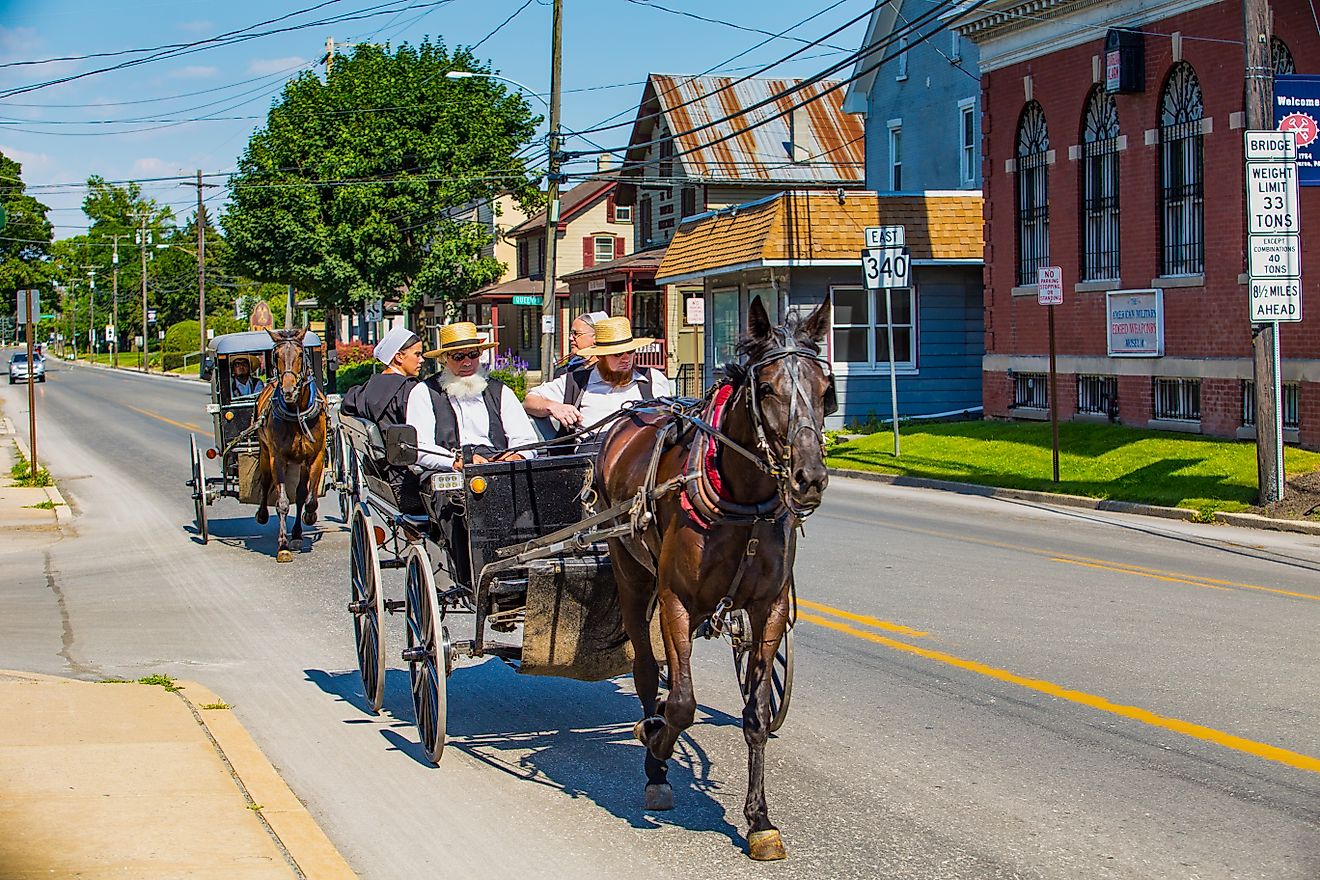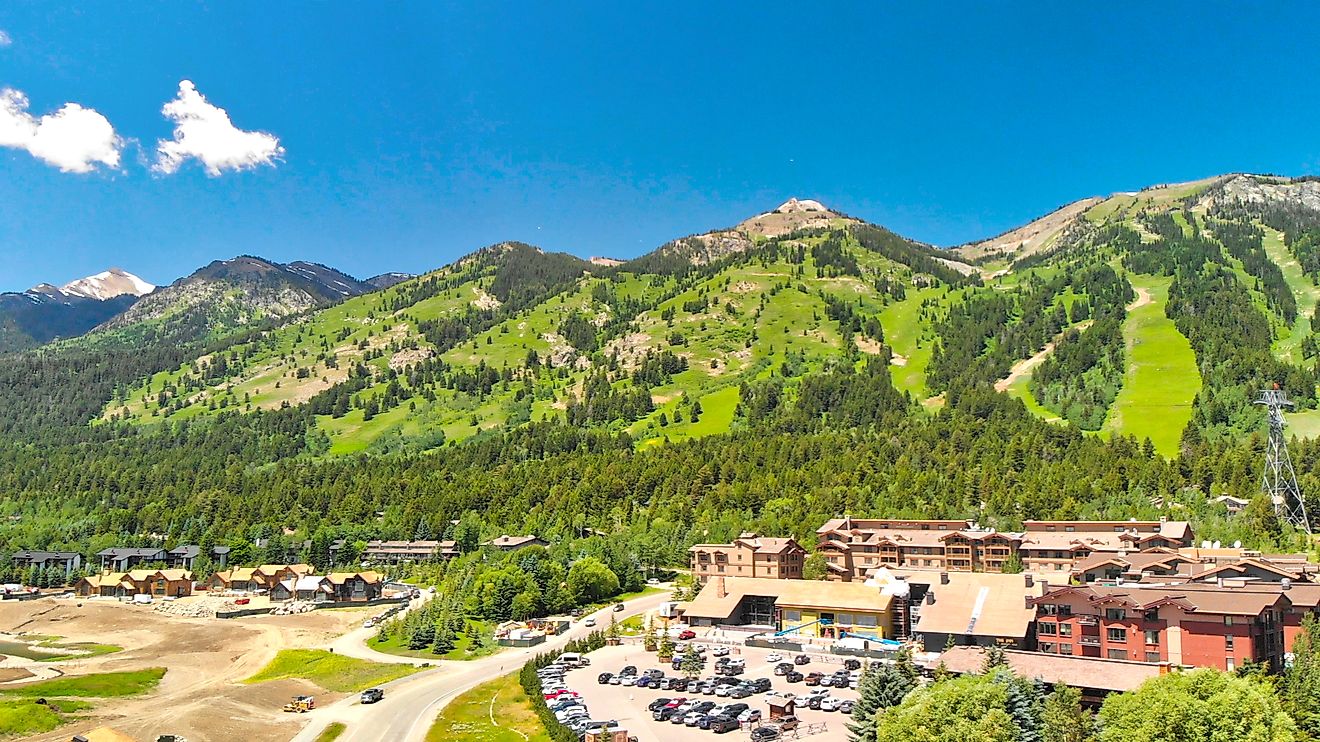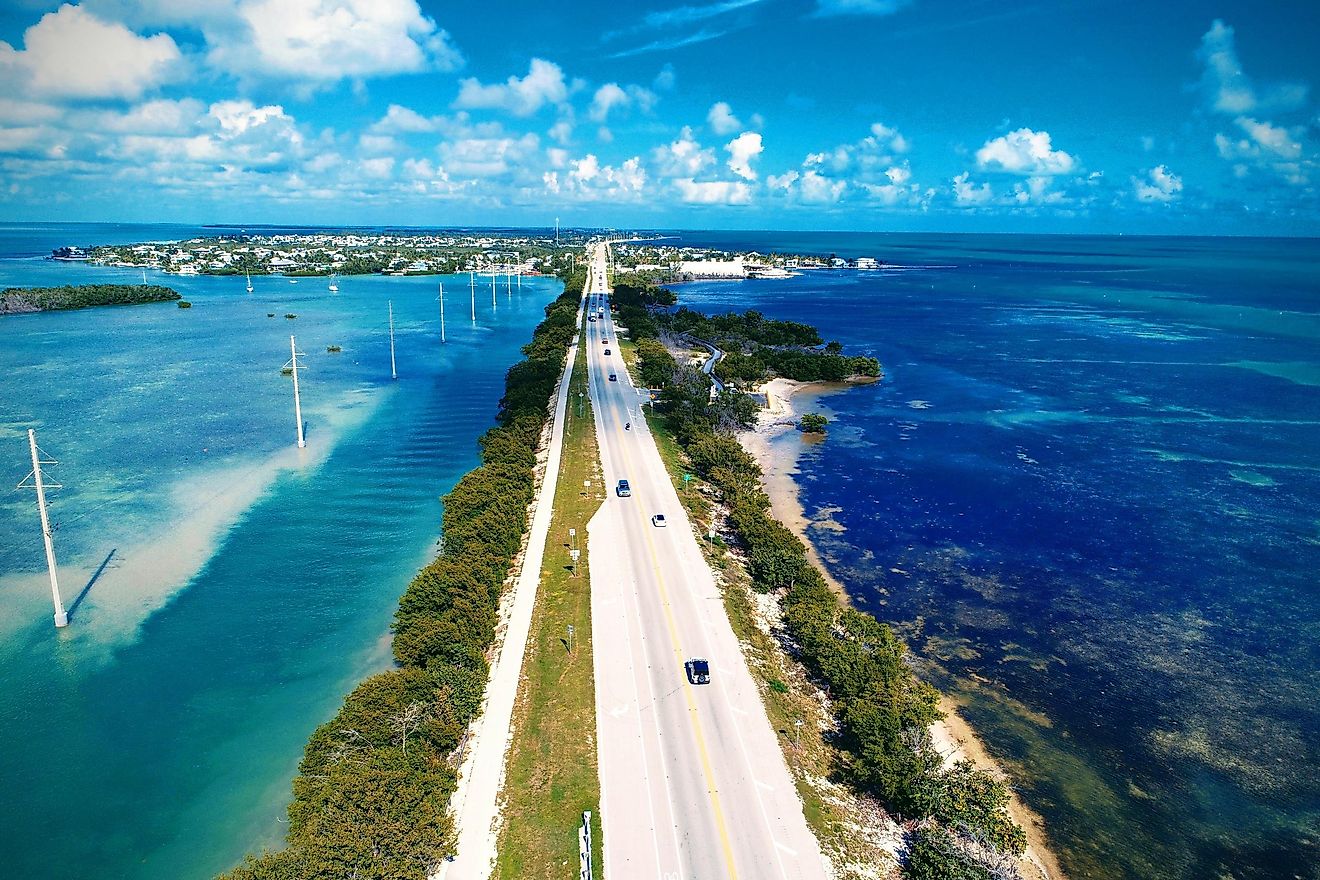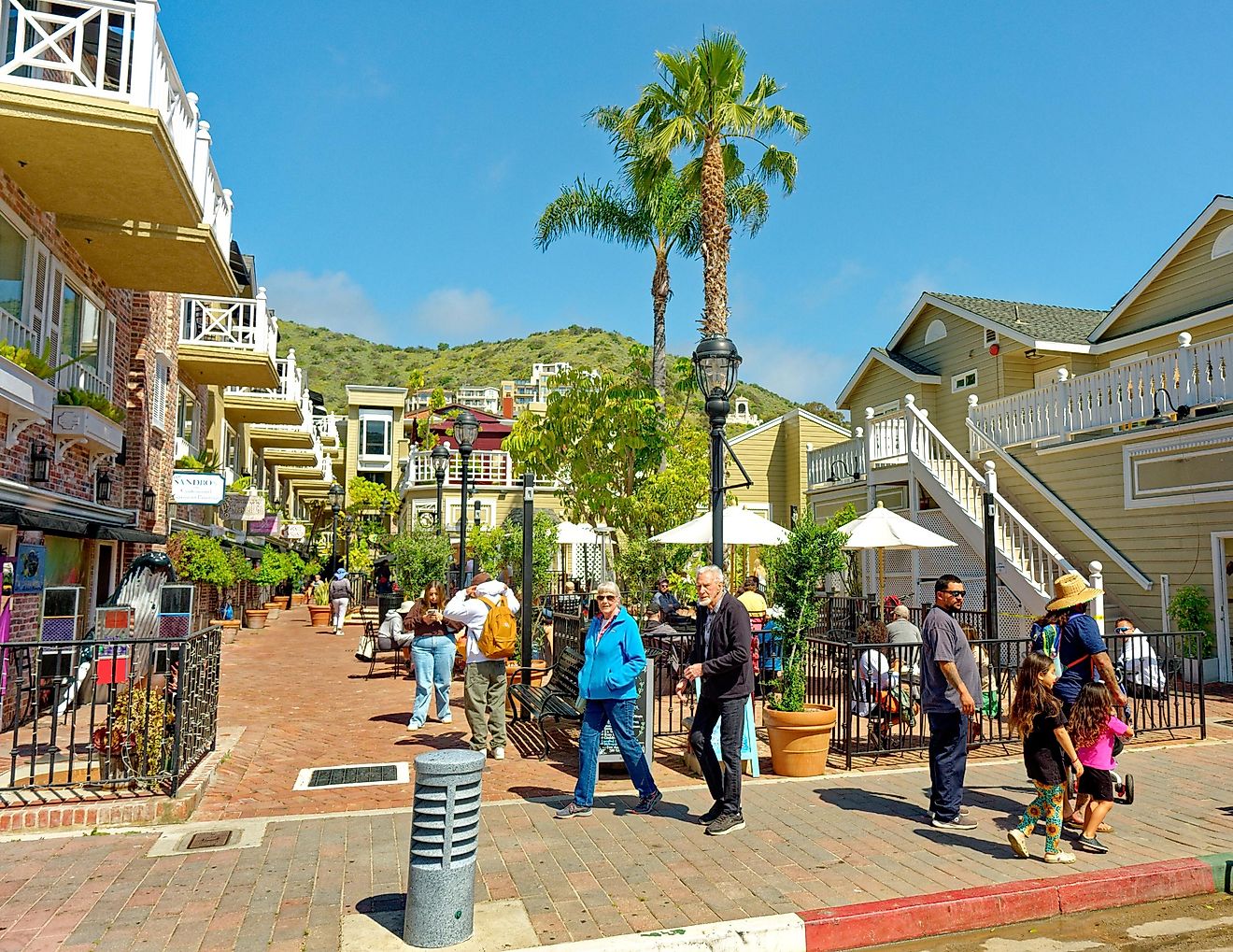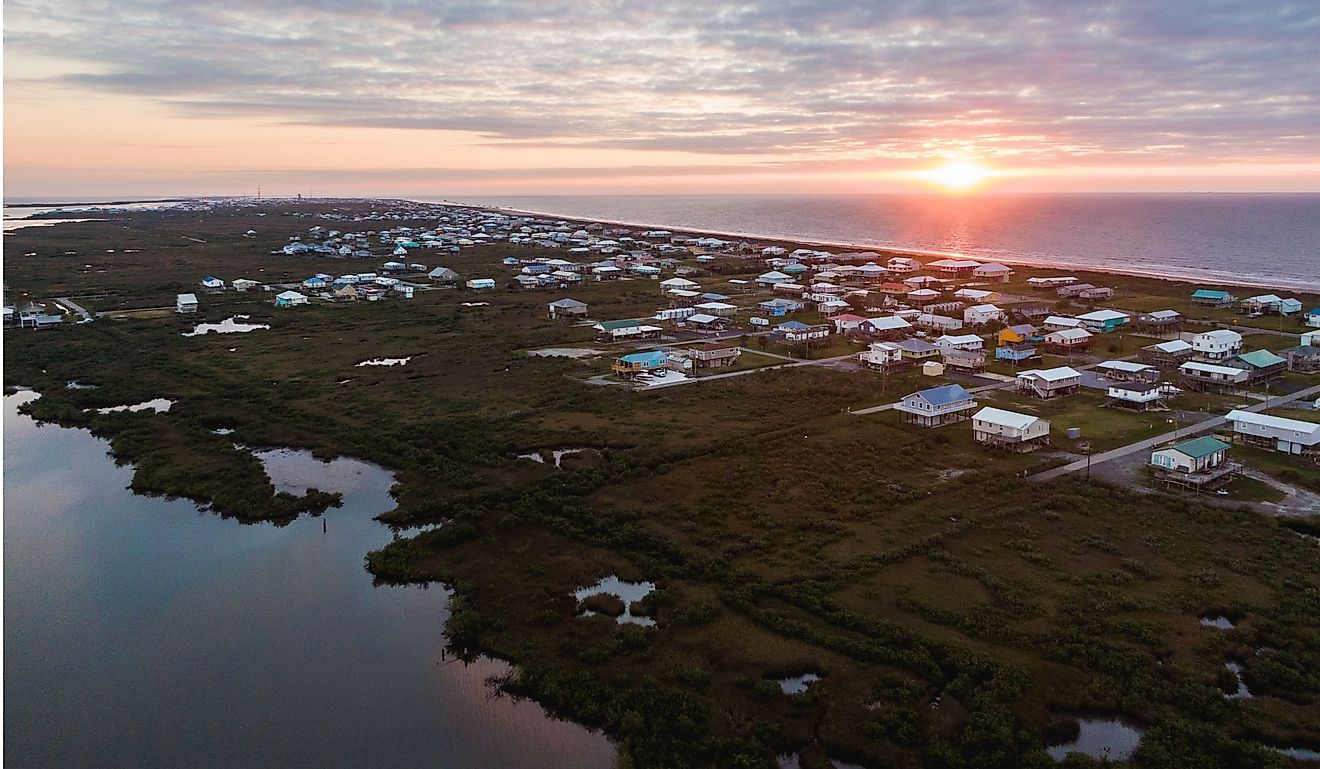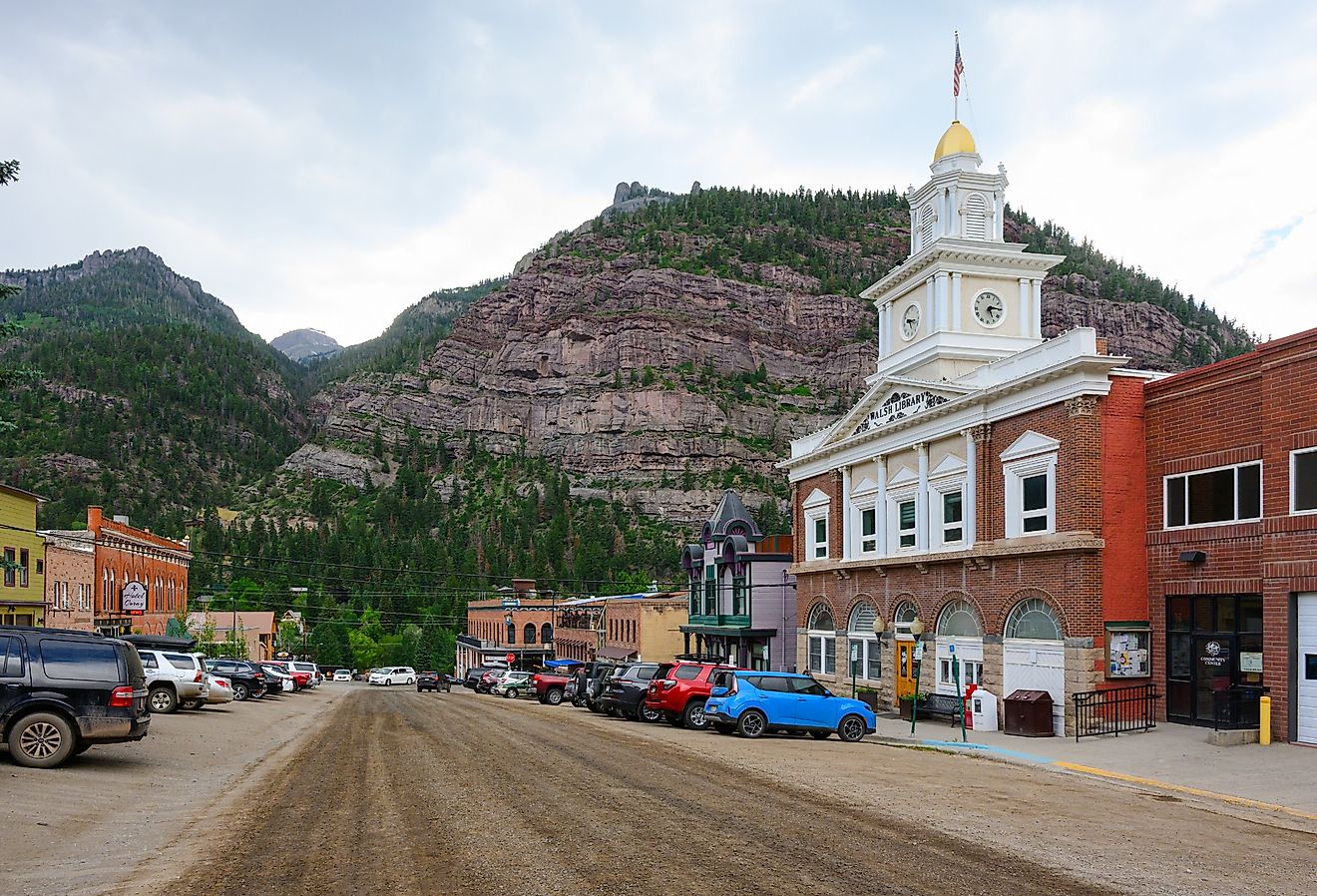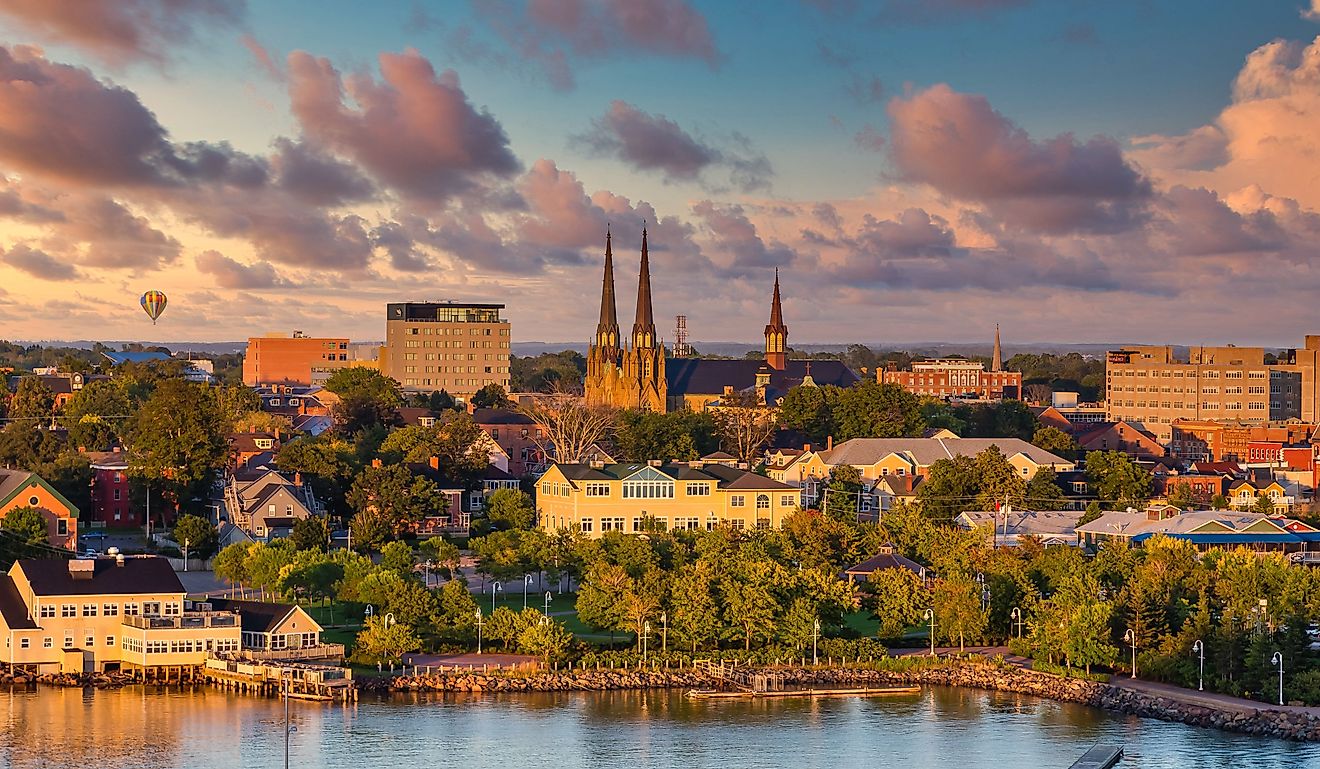
Discover The Largest Cities In Massachusetts
Massachusetts is one of the 13 original colonies of America, and one of the six New England region states colonized in the 17th century. It is best recognized as the landing place for the Mayflower and its cargo, the Pilgrims and Puritans, who fled for religious freedom far from the prosecution of Europe and found it in America, "the New World." Further, Massachusetts was host to rapid immigration in the 19th and 20th centuries and became the birthplace of the American Revolution in the fight for independence against England.
The state economy benefits from a historic and ever-essential manufacturing sector and investment/financial industries, coupled with world-class high-education institutions, namely Harvard University, the Massachusetts Institute of Technology, and Boston University. Massachusetts posted the largest job growth rate (3.6%) of any New England state between 2021 and 2022 (Federal Reserve Bank of Boston, 2023).
Today, the state grows at a moderate rate. The past decade saw its resident population increase by 482,288 people (7.6%) from 6,547,629 in 2010 to 7,029,917 in 2020. This trend was slightly reversed in the two years following the outbreak of the COVID-19 pandemic, leading to a 0.20% decline in population between 2020 and 2022, leaving the state with an estimated total of 6,981,974 people (U.S. Census, 2023).
|
Area |
Population Estimate (July 1, 2022) | % of State Population |
| Massachusetts | 6,981,974 | 100% |
| Boston | 650,706 | 9.32% |
|
Worcester |
205,319 | 2.94% |
| Springfield | 154,064 | 2.21% |
| Cambridge | 118,488 | 1.70% |
| Lowell | 113,608 | 1.63% |
| Brockton | 104,826 | 1.50% |
| Quincy | 101,727 | 1.46% |
U.S. Census Bureau. QuickFacts: Massachusetts. Accessed September 27th, 2023. https://www.census.gov/quickfacts/MA.
Boston

Suffolk County's Boston is Massachusetts' largest city and the spiritual capital of the New England region. Nicknamed 'Beantown' for the early local Puritan preference for the food, Boston is the earliest center of American 'Yankee' sentiment and the propellant of the American Revolution of 1765. Today, Boston attracts tourists to its busy atmosphere on Massachusetts Bay with the Museum of Fine Arts and the New England Aquarium's 10,000 animals and 70 exhibits. Sports enthusiasts visiting in the winter can catch a Boston Celtics or Boston Bruins game, and summer visitors can watch from the legendary Fenway Park. The Boston Harborfest Fourth of July party is one of the largest of the year, and the Boston Marathon on Patriots Day, the third Monday of April, is a city-wide sporting celebration. The subway, "the T," is the best way to get around.
Despite its small size (46 square miles) relative to its major influence, the city holds an estimated 650,706 people (July 2022), making it the 21st most populous city in the United States. The population decreased by 2.45% between 2019 and 2020 and another 3.16% between 2020 and 2021 but is expected to rebound with a modest 0.43% growth in 2023 (MacroTrends, 2023). The overwhelming majority of the resident population is caucasian (79.4%), with black (9.5%), Hispanic (13.5%), and Asian (7.7%) races in a minority.
Worcester

Worcester is a major commercial and industrial center in Massachusetts. Known as "the Heart of the Commonwealth" for its location in the center of the state, Worcester played an important role in history as a supporter of abolition and an essential station in the Underground Railroad for escaped slaves in the 19th century.
Likewise, it grew in economic significance in part due to the beneficial Blackstone Canal, "the hardest working river in America," that linked Worcester and Providence, thus providing an essential port for industrial development in rail transport, production machinery, textiles, and wire that is still productive today. When the end of WWII coincided with a decline in manufacturing demand and output, the city took advantage of significant educational institutions — a total of eight universities and colleges in the area — and started a resurgence in medicine and biotechnology coupled with rapid skilled immigration.
The result is a multicultural city with a growing educated population in Massachusetts' second-largest city. Worcester's population has increased by 28% since 1980, now sitting at an estimated 205,319 (July 2022). 32.2% of the population 25 and older holds a bachelor's degree or higher and 22.5% of the population was born outside of the United States (U.S. Census, 2023).
The best time of year to visit is September when visitors flock to the oldest music festival in the country, the Worcester Music Festival. Otherwise, tourists are impressed by the Worcester Art Museum and the playful EcoTarium science museum. The best way to get around the city is by bus: there's a Worcester Regional Transit Authority (WRTA) located at Union Station.
Springfield

Springfield is the unofficial capital of Western New England, representing both the fourth-largest city in the region and substantial historic and economic influence in Hampden County. Today, the historic and economic center holds an estimated 154,064 people (July 2022). Regarding race and ethnicity, Springfield is 52.9% white, 20.8% black, 47.5% Hispanic, and 2.8% Asian (U.S. Census, 2023).
Shaped around the Massachusetts section of the Connecticut River Valley, Springfield is known as the home of the country's first armory and the historic Springfield musket. Likewise, the city has continually impressed in innovation, offering the first American gas-powered vehicle, the game of basketball, and the first American dictionary.
Originally, and akin to its neighbor cities in Massachusetts, Springfield was a manufacturing power. Over time, the economy has diversified, bolstered in large part by The Knowledge Corridor — a partnership in regional economic development between Springfield and Hartford, Connecticut, that embraces the second-highest concentration of higher-learning institutions in the United States, including 32 universities and liberal arts colleges with over 160,000 students combined.
Non-student visitors to the city always check out the Naismith Memorial Basketball Hall of Fame, the home of the sport's complete story and most iconic figures, and the Dr. Seuss National Memorial Sculpture Garden. Plus, Forest Park, one of the largest urban parks in the United States, is beautiful in all seasons.
Cambridge

Cambridge, Massachusetts, was named in homage to England's city of the same name; Cambridge, England, represents an important home of Puritan theology to the state's early settlers. Cambridge is the famed home of the two most prestigious educational institutions in the country: Harvard University, founded in 1636 and now the oldest of its type in the United States, and the Massachusetts Institute of Technology. Local tourism revolves around the most recognized university in the country; The Harvard Art Museum and the Harvard Museum of Natural History are stunning and popular exhibits. It may be best to visit in the winter months when activity is lowest and the antiquity of Harvard shines through the snow. Just bring boots: Cambridge is a very walkable city.
Consequently, this Middlesex County city enjoys the economic benefits of a highly educated local workforce; 80% of residents over the age of 25 possess a bachelor's degree or higher, making it an ideal location for high-technology start-up companies. The result is Kendall Square: Cambridge's central business district, the 'Silicon Valley of the East Coast,' where a wave of unparalleled innovation and the dot-com boom struck starting in the 1980s.
Likewise, the city enjoys consistent population growth, increasing by 15.1% since 2000 and reaching 118,488 based on July 2022 estimates (U.S. Census, 2023). It is the second most population-dense city in Massachusetts.
Lowell

Lowell is a historic 'Mill City' and a cradle of the American Industrial Revolution, especially in textiles; in 1860, there were more cotton spindles in Lowell than in all eleven Confederate States of America combined. Despite early prosperity, Lowell experienced a significant decline in the post-WWII period, and many textile mills closed. The water-powered textile mills are now a popular attraction at the Lowell National Historical Museum.
Soon thereafter, Lowell won the 'Massachusetts Miracle': foreign direct investment in high-tech and financial services, like that from Wang Laboratories, brought job opportunities. Lowell also welcomed thousands of Cambodian immigrants looking to escape the Khmer Rouge's genocide in the 1970s; today, Lowell has the second-highest American-Cambodian population (13%) in the country. The city simultaneously embraced some cultural rejuvenation, hosting America's largest free folk festival, the Lowell Folk Festival. To help tourists get around, there are buses, trains, and bicycles at the central transit terminal.
Despite economic progress, Lowell's population is gradually declining. At an estimated total of 113,608 (July 2022), it has fallen by 1.7% since 2020 (U.S. Census, 2023).
Brockton

Brockton harnessed the power of the Salisbury Plain River to power the most productive shoe producers in the country in Plymouth County. In the years of the American Civil War (1861-1865), Brockton was America's largest producer of shoes. Dependence on shoe manufacturing and related leather products continued until recently: the last shoe Brockton shoe factory closed its doors in 2006. Since then, the economy has diversified to capitalize on health care and education.
Brockton's population is an estimated 104,826 (July 2022), being 33.7% white, 41% black, 12.1% Hispanic, and 1.9% Asian (U.S. Census, 2023). The city still faces a number of challenges, including poverty and crime. Regional racial segregation is an emerging issue, with the African-American population growing significantly since the beginning of the 2000s. Likewise, the city experienced a modest 12.6% growth from 93,810 in 2010 to 105,643 in 2020.
The Brockton Historial Society Museum complex still educates the public on the importance and process of the historic shoe industry. It's open year-round, and crowds aren't too busy in summer times. Other attractions include The Fuller Museum of Arts, showcasing 19th and 20th-century American artists, and the Ames Nowell State Park.
Quincy

Quincy is a coastal town and the biggest in Norfolk County. It is widely recognized as the home of two US presidents — John Adams and his son John Quincy Adams, represented today at the popular Adams National Historical Park. Otherwise, Quincy was home to a thriving granite industry and major shipbuilding operations; it was the site of the Granite Railway, America's first commercial railroad, and the benefactor of the Fore River Shipyard. It's a nice city to visit in the spring and summertime when sailors fill the harbor.
Despite their success, both these industries fell. The Fore River Shipyard harbour was closed in 1986, and the last active Quincy quarry closed in 1963. Like nearby towns, Quincy diversified thanks to the 'Massachusetts Miracle' and now thrives as a service-oriented economy, most notably in insurance, finance, and real estate.
With proximity to Boston, relatively low housing costs, quality public transit, and robust school systems, Quincy is especially attractive to newcomer families. Consequently, it holds the second-highest Asian population by percentage in Massachusetts (29.9%) and enjoys the benefits of skilled immigration. Resting at an estimated 101,727 (July 2022), the population has grown modestly (0.1%) growth since 2020 (U.S. Census, 2023).
Massachusetts' Tapestry of Progress and Tradition
From the founding days of the Mayflower to its current standing in the modern world, Massachusetts showcases a remarkable blend of tradition and innovation. Cities like Boston and Cambridge are testaments to the state's enduring commitment to education and progress, while towns like Lowell and Brockton narrate tales of industrial resilience and transformation. As the landscape of Massachusetts continues to evolve, shaped by both its illustrious past and the promise of future innovations, the state remains a beacon of cultural richness, economic vitality, and educational prowess in the American narrative. This unique blend ensures Massachusetts will remain a focal point of interest, pride, and study for future generations.
